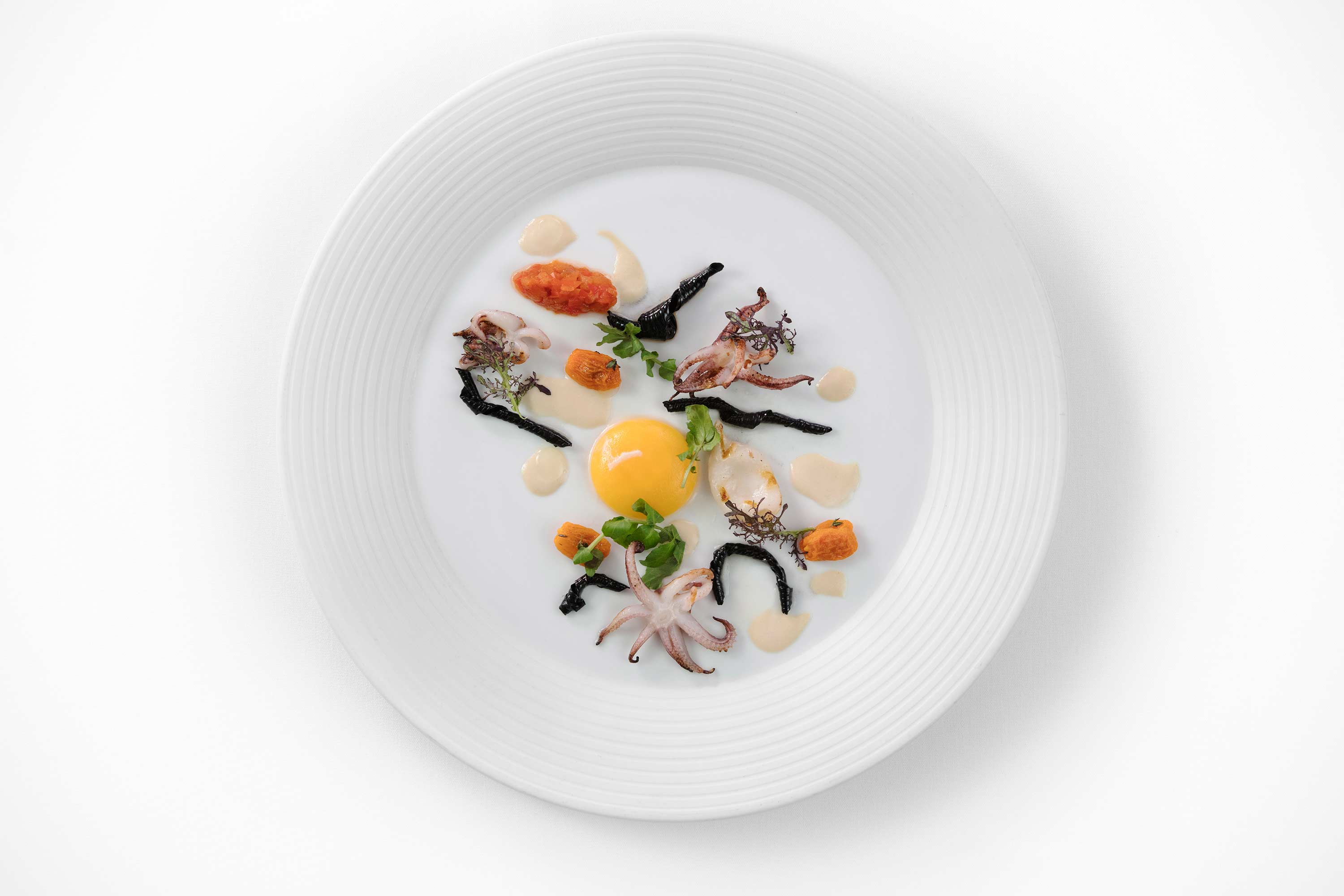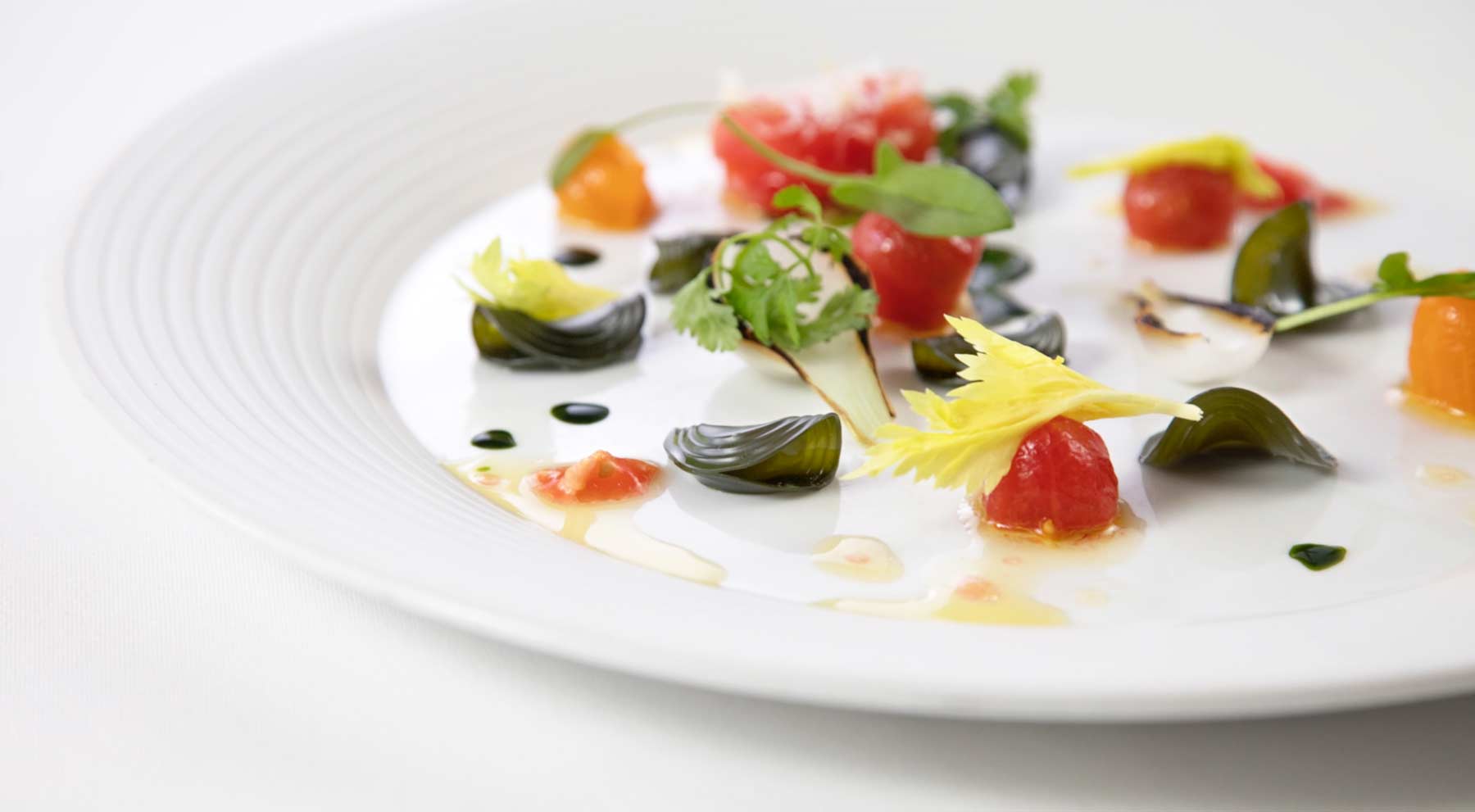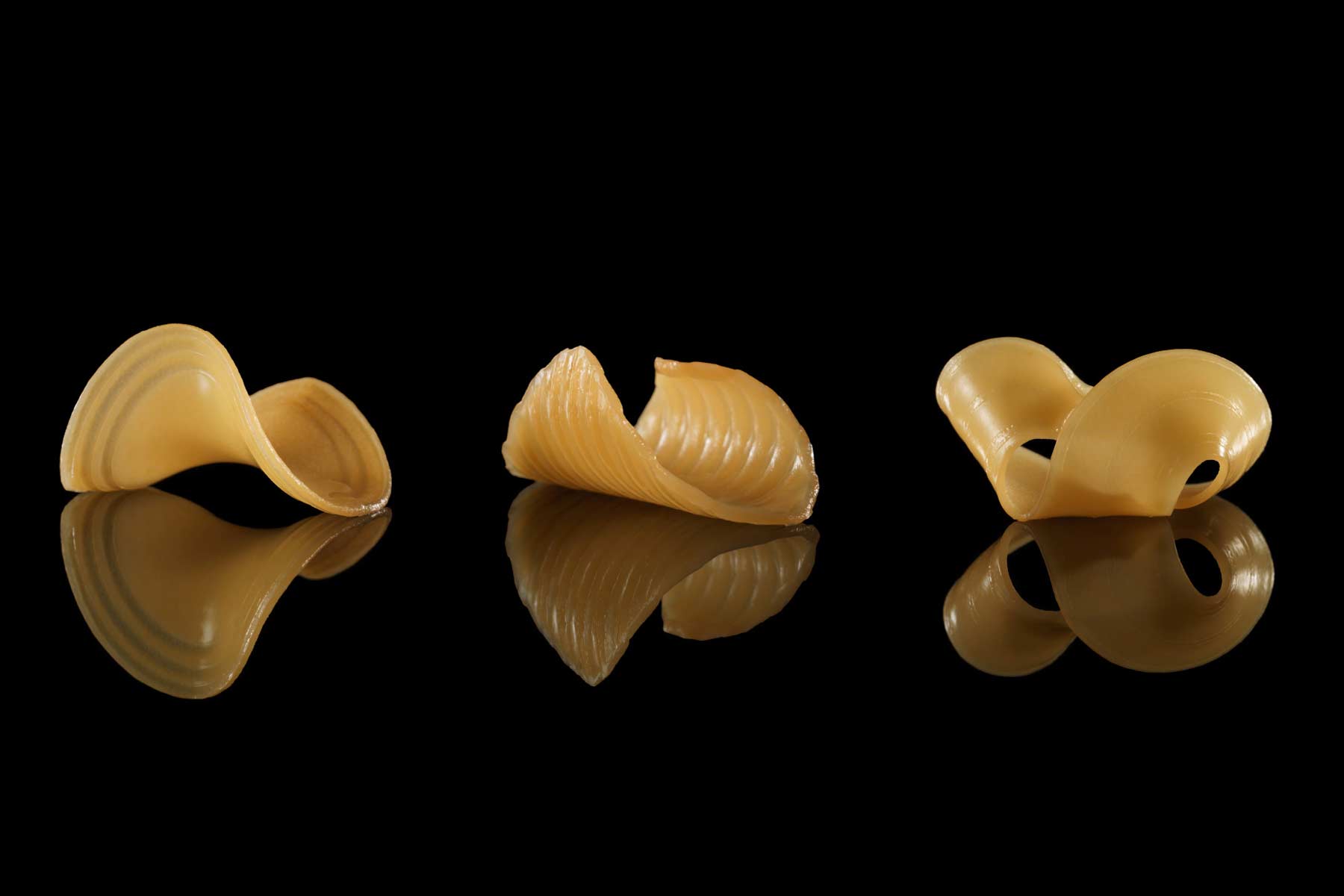An Italian dinner on Mars may consist of self-folding rigatoni.
Researchers from MIT Media Lab have engineered flat noodles that change into their desired shape when dunked in water in an effort to cut down on shipping costs and environmental waste. The futuristic food was originally designed for use on Earth, but it could radically transform cuisine for astronauts as well.
According to one of the researchers, Wen Wang, 67 percent of the volume in pasta packaging is air. Packing the noodles flat saves room and money, both of which are crucial in planning space missions.

To get the noodle’s general shape, two layers of gelatin of different density are pressed on top of each other. The denser layer absorbs more water than the other, so it curls over when submerged. To control the shape, the MIT researchers used 3-D printed cellulose strips to serve as a crease since they absorb very little water, preventing it from touching the top layer of gelatin.
The idea for the shape-shifting noodles came about when the researchers were experimenting with bacteria used to ferment a Japanese soybean dish called natto, previously used to design self-cooling clothing.

This article was featured in the InsideHook newsletter. Sign up now.






















